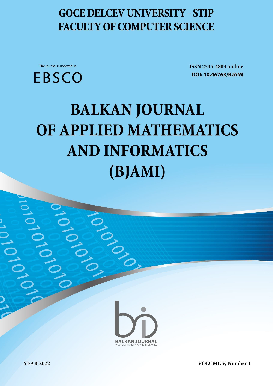BIOTECHNOLOGICAL PROCEDURE FOR AN AUTOLOGOUS DENTIN GRAFT FOR DENTAL AND MEDICAL PURPOSES
Keywords:
Autologous Mineralized Dentin Graft (AMDG), Smart Dentin Grinder (SDG), bone regeneration, alveolar ridge preservation, autologous bone grafts.Abstract
Teeth that have been extracted are still regarded as clinical waste and are therefore not deemed useable. An autologous dentine graft is currently produced from extracted teeth using the SDG, a specialized equipment. The aim is to present a new protocol and new method for getting a mineralized autologous dentine graft from recently extracted teeth. In this paper, the method is applied to maintaining the alveolar ridge and has the potential to be used to fill in defects in the jawbones and the entire skeleton system. Autologous dentin graft (ADG) has strong potential for repairing bone and soft tissue components in the jawbones while retaining the alveolar ridge's vertical and horizontal dimensions is another goal of the study. It was done using a device known as a Smart Dentin Grinder (SDG), which only needs three seconds to grind the extracted tooth into dentin grains that range in size from 300 to 1000. With the aid of the chemical reagents employed, the produced dentine particles go through chemical processing. The complete treatment was carried out in accordance with Itzh ak Binderman's (2014) protocol. The obtained ADG is a enough quantity of solid, pure graft material for use in oral surgical operations. It is put to use right away and is more patient-friendly financially. Due to its potential for osteogenetic, osteoinductive, and osteoconductive properties, dentin particles employed as graft material need to be regarded as the gold standard. In several areas of medicine and dentistry, directed bone regeneration can be carried out using the acquired and prepared ADG.






